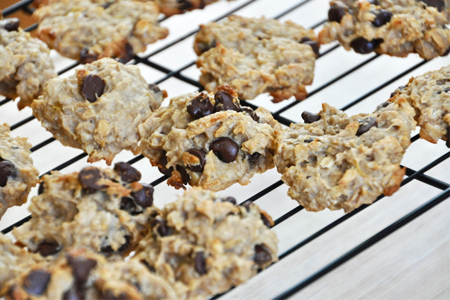Persimmons are an odd fruit all around. Their shiny orange skin is unlike any other fruit and their flavor can be described as both spicy and sweet. Can you believe I’ve never tried one before? Like pomegranates this voluptuous fruit has mostly remained a mystery to me, until now. It’s time to crack the code. 
For starters, did you know there are two varieties of persimmons and each is best suited for certain types of dishes? Also, they’re an ideal autumn and winter fruit despite their summery appearance. I think it’s time to put our skepticism aside: Let’s dive in and get the full scoop on persimmons.
What do they taste like? It depends on the variety. According to Whole Foods there are two varieties of persimmons: astringent and non-astringent. The astringent (like the Hachiya) is likened to the consistency of jelly. Non-astringent varieties (like the Fuju) are more crunchy and sweet with a slightly spicy flavor.
Health benefits: Lucky for you and I persimmons not only taste delicious, they’re also extremely healthy. Like most fruits and vegetables they’re very high in fiber, meaning you fill up fast and stay that way for longer. According to FitSugar, just one persimmon contains nearly a quarter of your recommended daily fiber amount – roughly 6 grams. That’s impressive for a pint-sized fruit. In addition, the fiber in persimmons called pectin helps regulate blood-sugar levels.
Persimmons are also high in vitamins A and C, as well as manganese and free radical-fighting antioxidants. Perhaps the coolest perk? Persimmons have stomach-soothing properties, which means eating one or two won’t leave you feeling bloated. That’s a win-win for fiber-loving ladies. (more…)



